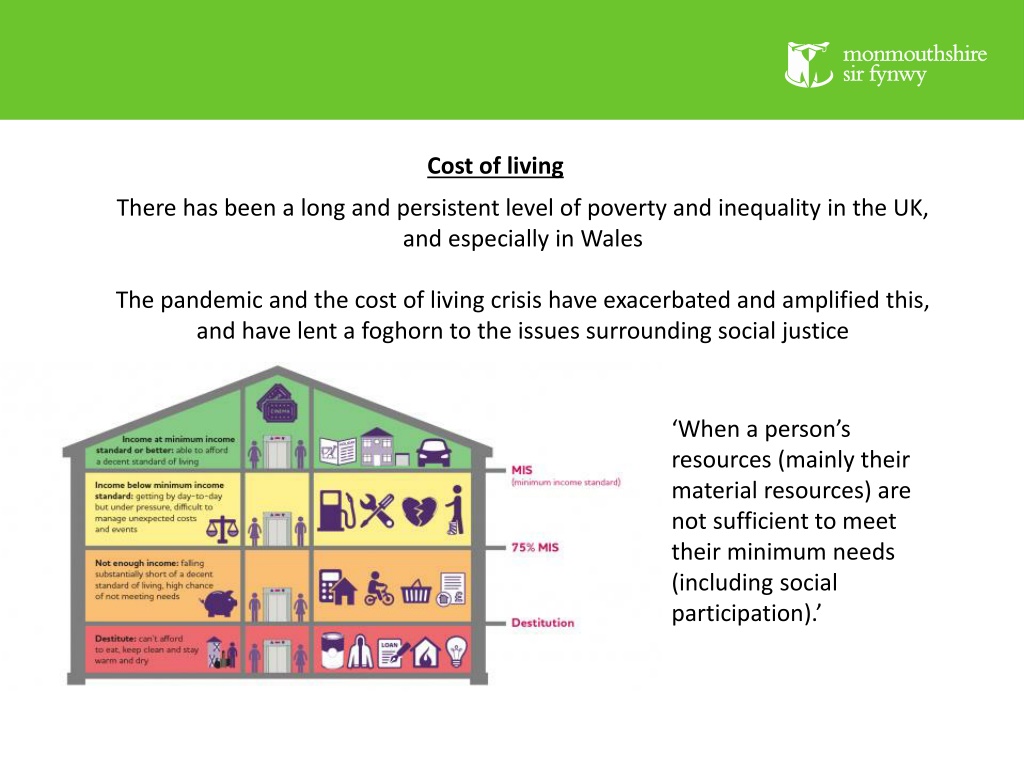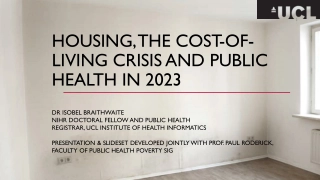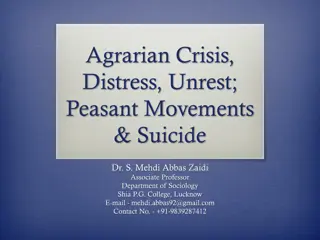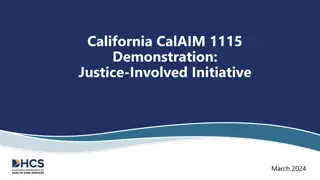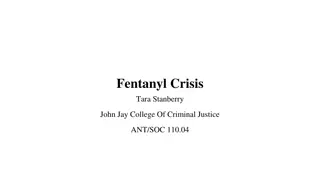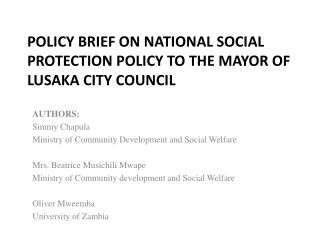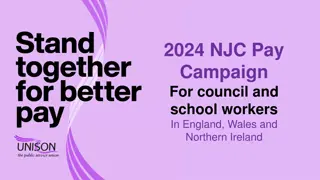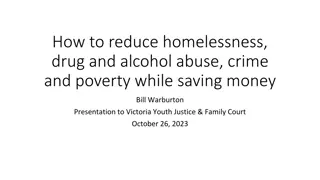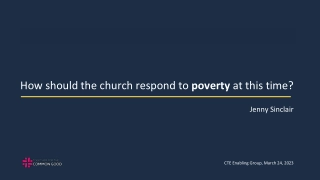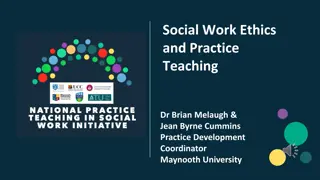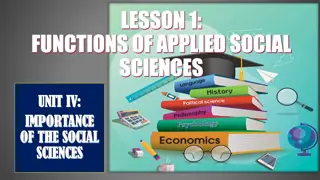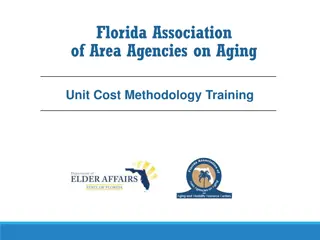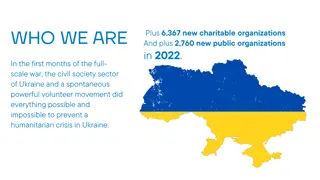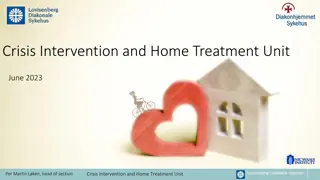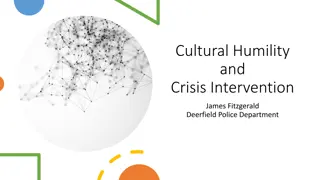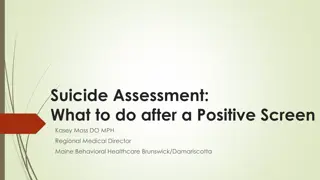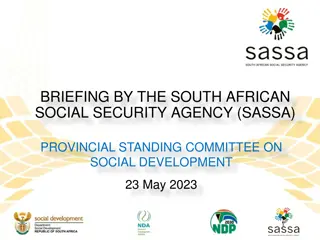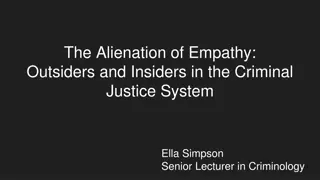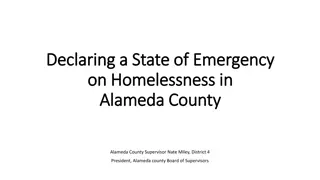Cost of Living Crisis in the UK: A Closer Look at Poverty and Social Justice
Persistent poverty and inequality in the UK, particularly in Wales, have been amplified by the pandemic and the cost of living crisis. With millions living in poverty, the increase in daily life costs without a corresponding rise in incomes has caused significant challenges. This crisis has led to higher food prices, food insecurity, and a public health emergency, requiring urgent attention to address social justice issues.
Download Presentation
Please find below an Image/Link to download the presentation.
The content on the website is provided AS IS for your information and personal use only. It may not be sold, licensed, or shared on other websites without obtaining consent from the author. Download presentation by click this link. If you encounter any issues during the download, it is possible that the publisher has removed the file from their server.
Presentation Transcript
Cost of living There has been a long and persistent level of poverty and inequality in the UK, and especially in Wales The pandemic and the cost of living crisis have exacerbated and amplified this, and have lent a foghorn to the issues surrounding social justice When a person s resources (mainly their material resources) are not sufficient to meet their minimum needs (including social participation).
Cost of living UK Poverty data JRF Joseph Rowntree Foundation 13.4 million people living in poverty in the UK in 2020/21 1 in 5 of the population (20%) 7.9 million were working age adults 3.9 million were children 1.7 million were pensioners Almost one in four people in Wales lives in poverty - which means they are living on less than 60% of the average wage. That is about 700,000 of our fellow citizens. This level of relative poverty has remained unchanged for decade. This constitutes a public health emergency and has generational impact
Cost of living The cost of living crisis is essentially that costs of our daily life have all gone up, - fuel, food, rent/mortgages etc - but our incomes have not! ONS data sets Global factors have been behind this increase including the war in Ukraine, the ongoing impact of the covid crisis, and Brexit AND although inflation is forecast to come down over the next year, this means prices will continue to rise, but at a slightly slower rate
Cost of living Food
Cost of living - food Food prices increased by 16.7 per cent in the 12 months up to January 2023, which is a 45-year high. Costs of essential items have risen at exceptionally high rates. You will have seen this in your own weekly shop. Inflation for those on low incomes is much higher than this, and is higher than for those on average or above average incomes (higher proportion of income goes on essential items and food, and these items have gone up the most e.g. Jack Monroe) Around half of adults in Great Britain are buying less food when food shopping, according to the latest ONS. When asked between 8 to 19 February 2023, 52% of adults reported buying less food in the previous two weeks. A similar proportion (48%) said they had spent more than usual when food shopping. Source: ONS data source
Cost of living - food Food insecurity leaves many people reliant on emergency parcels from food banks. The Trussell Trust have seen record numbers of people seeking help between April and September last year, with 320,000 people forced to turn to the charity s food banks. That is a 40 per cent increase in comparison to the previous year. This was before the harsher winter months and before the sharper edge of the cost of living crisis had fully taken effect. The forecast is that their latest figures will be significantly higher. Parents are eating less or skipping meals entirely to make sure there is enough for their children to eat. For children living in food poverty, a free school meal could be the only guaranteed hot food they eat in a day.
Cost of living - food The Bevan Foundation Winter Snapshot, found that a quarter of respondents (24 per cent) reported that they had cut down on the size of their own meals or had skipped a meal entirely, with one in twenty (5 per cent) reporting that they had visited a foodbank. On top of this, a fifth (21 per cent) of respondents living in a household with a child reported that they had cut back on the size of their child s meal or the child had been forced to skip a meal.
Cost of living - food Data from the Food Foundation this week shows that child food poverty in the UK has doubled in a year
Cost of living - housing Housing
Cost of living - housing The Department for Levelling Up, Housing and Communities (DLUHC) English Housing Survey 2020/21 found a quarter of private and social renters said they found it either fairly or very difficult to afford their rent. Around 6% of owner-occupiers with mortgages said they found it fairly or very difficult to keep up with mortgage payments. Research published by Ipsos in June 2022 recorded a significant proportion of Britons were worried about their ability to pay their rent or mortgage . Things have become worse over the last year as the cost of living has taken hold. As of January 2023, more than one in eight people (13 per cent) who own their home with a mortgage reported that they are concerned that they might lose their home over the next three months. Nearly one in five private renters (19 per cent) report that they are concerned about the prospect of being evicted.
Cost of living - housing The homeless charity Shelter have warned that at the end of 2022 one in 12 private renters in England equivalent to 941,000 people were under threat of eviction. The Ministry of Justice s latest mortgage and landlord repossession statistics, which cover October to December 2022, show that claims by private landlords to repossess their properties for rental arrears were up by 59%, while accelerated procedures so-called no-fault evictions surged by 193% in the same quarter in 2021.
Cost of living - housing Overall, according to the Bevan Foundation Winter Snapshot, 11 per cent of people in Wales are worried about the prospect of losing their home over the next three months. People living in the private rental sector remain the most concerned about losing their home in the next three months and have the highest level of rent arrears. Increasingly, people who have been relying on savings, friends and family for financial support are finding this form financial resilience is now totally depleted. People are increasingly relying in credit to fund the essential, day to day cost of living. AND this is often the most expensive forms of credit credit cards and pay day loans. Since May 2021, 25 per cent of Welsh households have borrowed money whilst 12 per cent of Welsh households are at least one month behind on a bill. Low-income households, renters, disabled people, lone parents, and adults aged between 25 and 64 are more likely to be behind on a bill or to have borrowed money than others.
